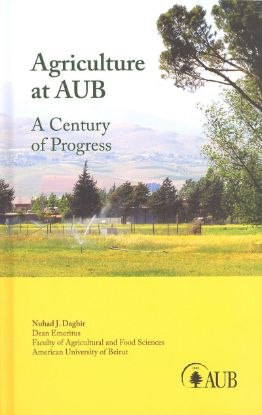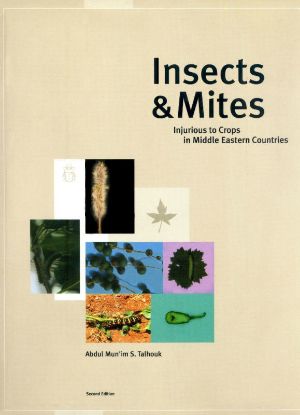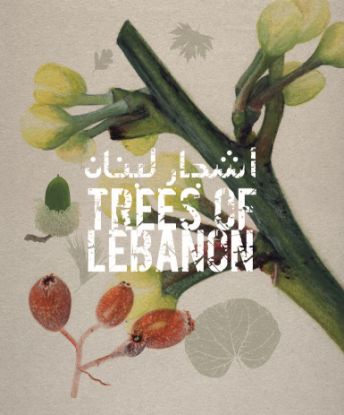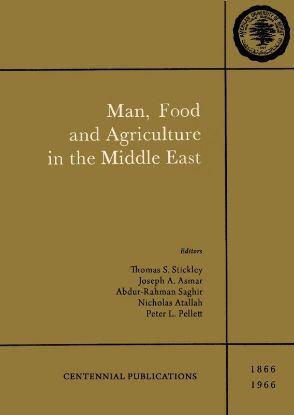Filter by price
Products tagged with 'agriculture'
Agriculture at AUB: A Century of Progress
In this informative book, Dean Daghir presents a well-documented history of agricultural education at AUB from the early part of the twentieth century to the current day. This account is preceded by an introductory chapter on the history of agriculture in the Levant, widely considered to be one of the areas where human beings first transformed from hunter-gatherers to farmers. This book is a rich testimony to the contributions of the Faculty of Agricultural and Food Sciences (FAFS) and its graduates toward development in the Middle East region. The book will be of interest not only to former and current FAFS students, faculty, and staff members, but also to all those interested in AUB and its growth over the years.
$32.00
Insects and Mites Injurious to Crops in Middle Eastern Countries
This revised second edition is one of the best illustrated guides available for the prevention, identification, monitoring and management of pests harmful to crops in Lebanon, Syria, Jordan, Iraq, and Saudi Arabia. It is also a useful reference and teaching tool benefiting students of Middle Eastern agriculture and entomology. It provides updated information on the comprehensive morphology, distribution, and biology of more than 300 significant pest species of the orders Acarina, Thysanoptera, Orthoptera, Hemiptera, Homoptera, Coleoptera, Lepidoptera, Hymenoptera, and Diptera, respectively.
$30.00
Trees of Lebanon
“Each tree in this book is presented as a local story constructed from the scientific, historical, cultural, and mythical information. Beautiful watercolors, based on photographs taken in the forest, illustrate the specific features of each tree: its silhouette, leaves, flowers, fruits, and bark. Information on how to grow trees from seed encourages people to engage in tree planting, and to support forest and woodland conversation. The book is eclectic- a varied collection that is meant to build appreciation for the native forest trees of Lebanon. Proceeds from the sales of this book will go to the Ana Shajra AUB-NCC tree planting program of the AUB Nature Conservation Center."
$30.00
Tree Key
This tree key is a companion to the book Trees of Lebanon. Published by the Nature Conservation Center at the American University of Beirut, 2014.
$10.00
Man, Food and Agriculture in the Middle East
In commemoration of AUB's centennial, the June 1967 symposium, “Food for the Man of Tomorrow" was organized, resulting in this collection of symposium papers by educators, researchers, sociologists, economists, nutritionists, and others actively involved with the problems of food production in the region. The participants were tasked with creating an inventory of techniques used in different parts of the world for improving the quantity and quality of food for man, and to compare and contrast these with work then current in the Middle East. The fifty articles herein are grouped under five sections: agricultural economics, animal production and protection, soil and irrigation, crop production and protection, and food technology and nutrition.
$10.00





